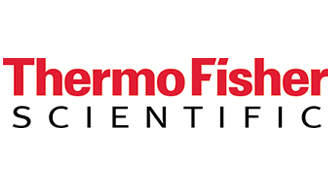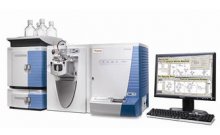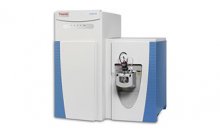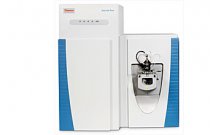使用MALDI LTQ鉴定肽段中的3-硝基酪氨酸和硝基半光氨酸残基
简介:
Oxidative post-translational modifications are increasingly considered important, particularly for research associated with aging, cardiovascular disease and environmentally associated inflammation. These modifications involve reactive oxygen and nitrogen species with reactions such as nitration or nitrosylation of specific amino acids. Nitration of tyrosine residues to form 3-nitrotyrosine serves as a fingerprint indicating oxidative stress. S-nitrosylation is the best established example of redox-based specific signaling through the physiological modification of cysteine residues. Like phosphorylation, S-nitrosylation is reversible and plays a role in control of most or all classes of proteins.
仪器:
Thermo Fisher Scientific LTQ mass spectrometer with MALDI source
结论:
•“Softer ionization” using the MALDI source with the superior sensitivity of LTQ linear ion trap mass spectrometry enabled:
- Site-specific identification of both 3-nitrotyrosine and S-nitrosylated cysteine residues in in vitro oxidized peptides and proteins
- Potential high-throughput screening of oxidative post-translational modifications. Samples did not require pre-fractionation or clean-up, yet sufficient information was obtained to identify site specific nitrotyrosine and nitrosylated cysteine residues in peptides.
• Capability for MS/MS analysis allows confirmation of the presence of 3-nitrotyrosine or S-nitrosylated cysteine residues in the investigated peptides or proteins. Oxidation on other amino acid residues, such as tryptophan or lysine, was also observed (data not shown).
• With purified or fractionated samples, there is a potential improvement in precise localization of 3-nitrotyrosine and S-nitrosocysteine.




